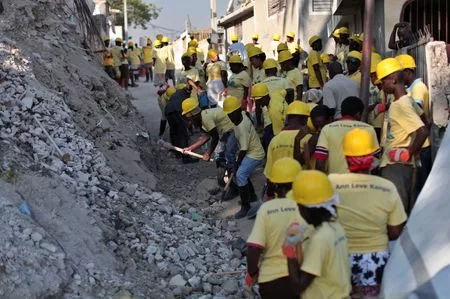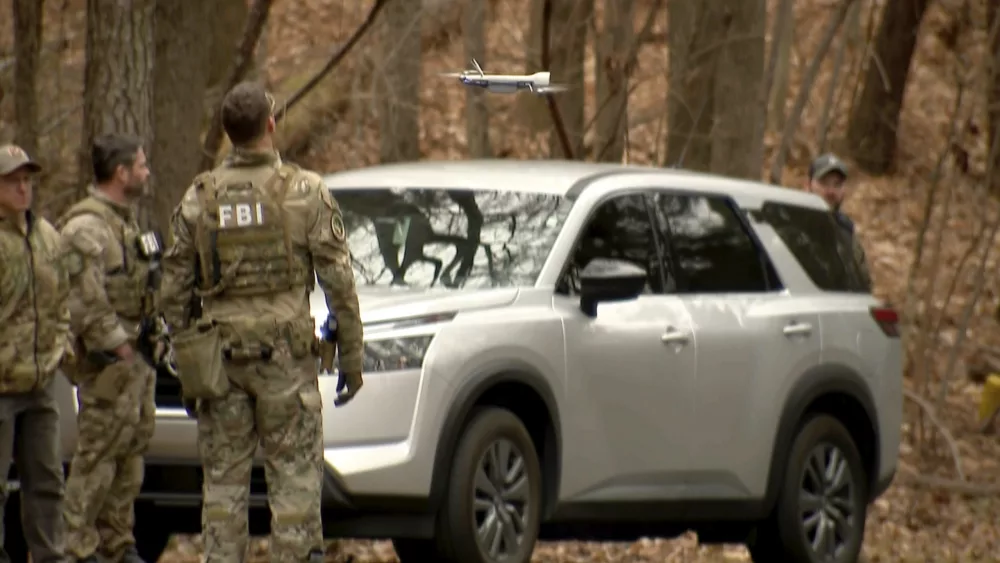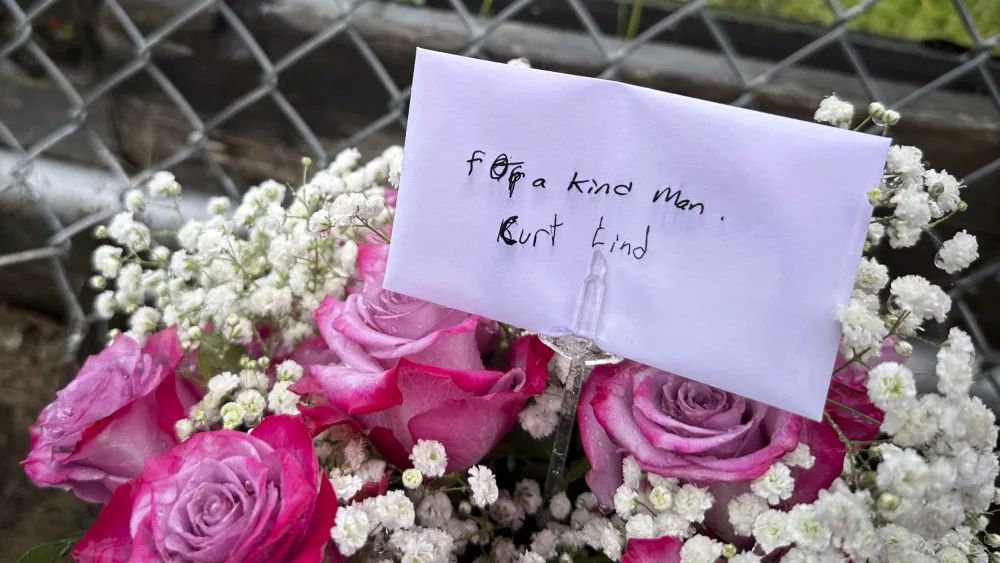By Maggie Fick
LONDON (Reuters) – A world-renowned U.S. program for international disaster and crisis assistance can no longer deploy in the event of a major emergency due to the Trump administration’s dismantling of the U.S. foreign aid agency, nine sources with knowledge of the matter told Reuters.
The Disaster Assistance Response Teams, or DARTs, involve highly trained staff who specialize in mobilizing within 24 to 48 hours of a disaster to lead the U.S. government’s humanitarian response on the ground.
DARTs have deployed in the worst emergencies in recent history, including the 2010 earthquake in Haiti that killed 300,000 people, the 2011 earthquake and tsunami in Japan that triggered meltdowns at the Fukushima nuclear plant, and wars in Iraq and Syria.
In the wake of President Donald Trump’s funding freeze for the U.S. Agency for International Development, the four DARTs currently in operation in Afghanistan, Gaza, Sudan and Ukraine can no longer function normally, according to seven current USAID employees who spoke on condition of anonymity due to fear of retribution.
Some of the DART staff have been ordered to return to Washington, while others have lost access to their email and other electronic systems. The number of people on a given DART varies, but typically ranges from 10 to more than 50, according to some of the sources.
“Our tools have been dismantled,” said one of the USAID employees.
Each DART overseas has a corresponding Washington-based support team, which must work in USAID headquarters to receive classified information from the team in the field. But USAID staff are currently banned from entering their Washington headquarters, which means that a new DART cannot be assembled, the sources said.
The Trump administration has said it plans to merge USAID into the State Department and eliminate most of its staff. In the meantime, the future of the DART system remains in limbo.
The State Department did not immediately respond to a request for comment.
“The new administration is cutting into the muscle of a unique civilian capacity that our government has,” said Marcia Wong, former deputy head of USAID’s bureau for humanitarian assistance (BHA), which oversees the DART system.
“The DARTs are the highly visible, effective projection of the U.S. interest in saving lives and helping people get out of crisis.”
BHA has not been told how many of its 1,300 staff will be eliminated, the sources said. Last week, a notice to USAID staff said that only about 600 essential workers out of a total staff of 10,000 would be retained, with no details on which personnel would remain, the sources said.
The BHA’s total budget in fiscal year 2023 was $9.9 billion, according to its annual report.
Operating with the motto that “minutes matter” when trying to save lives, the USAID staff who join DARTs have “go-bags” at their homes and offices so they can leave within hours of a disaster striking, the sources told Reuters.
If an airport has been destroyed by a hurricane or commercial flights are not practical, they board military planes.
“I’ve used helicopters in Turkey, canoes in South Sudan, donkeys in Nepal and camels in Ethiopia to get aid to hard-to-reach communities,” said one USAID staffer who has worked on more than a dozen DARTs in the past decade.
DART staffers have bonds forged in disaster and war zones with military counterparts and help experts from other federal agencies deploy rapidly overseas, in addition to managing the delivery of hundreds of millions of dollars in emergency relief quickly and safely, the sources told Reuters.
Officials from the U.S. Nuclear Regulatory Commission joined the DART sent to Fukushima to help Japan avert nuclear disaster, while experts from multiple federal health agencies participated in a 2014 mission to help curb a rampant West African Ebola outbreak.
“DART teams have put their lives on the line from Afghanistan to DR Congo to Somalia. They have prevented the spread of pandemics and stopped famines,” said a senior Western government aid official who has worked closely with DARTs in Africa and the Middle East for the past decade.
“No one knows who will take the lead when the next global crisis comes.”
(Reporting by Maggie Fick in London; Editing by Michele Gershberg and Nia Williams)
Brought to you by www.srnnews.com







